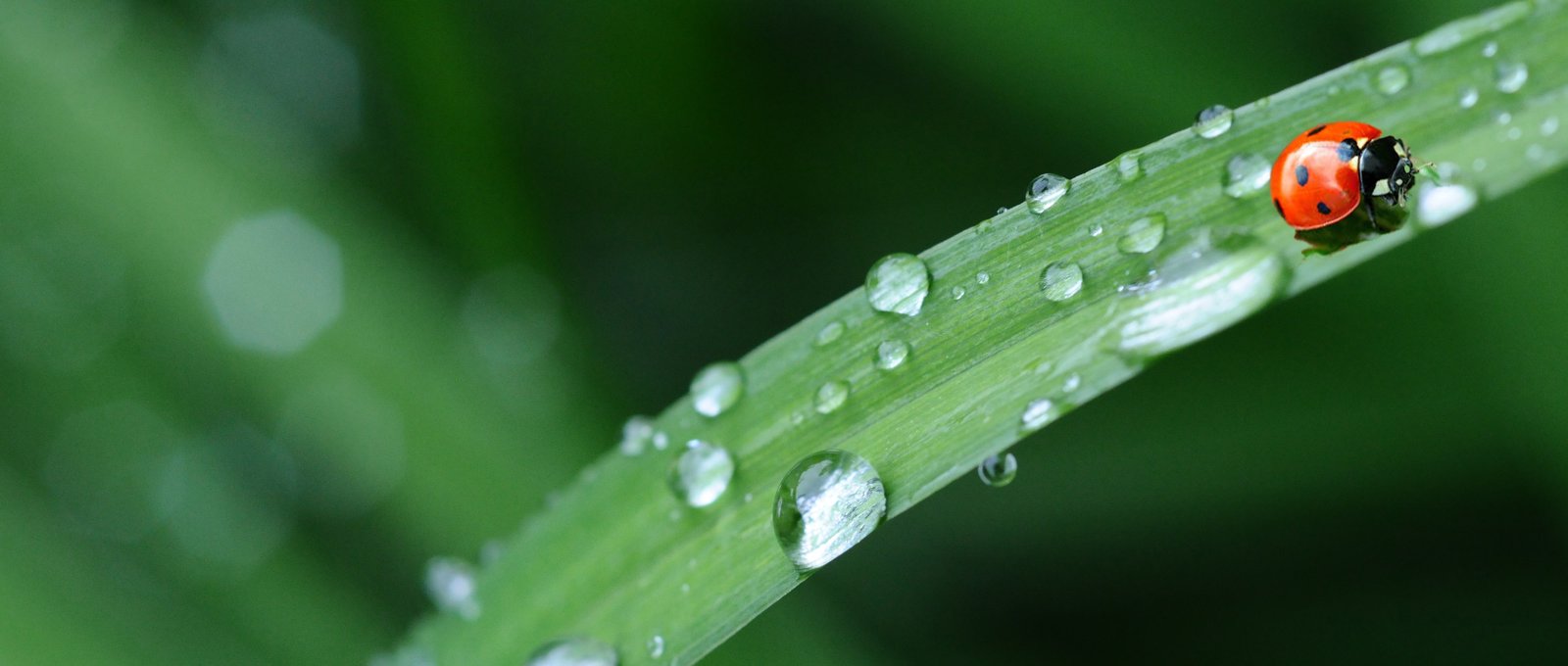We get a lot of questions about how we cut the grass in our communal areas and public open spaces, so we’ve pulled together the answers to our most frequently asked questions.
How often should the grass be cut?
We aim to provide ten cuts between March and November. This is weather-dependent and we have been known to cut right up to Christmas. Early in the season when the grass is lusher, we usually cut around every six weeks.
Why hasn’t the grass near me been cut?
While we aim for every five to six weeks as a minimum, there are occasions where we can't access or cut the grass for various reasons.
For example, we cannot cut grass where there is excessive dog fouling.
We’ve also encountered large amounts of litter such as used disposable barbecues and similar products being left on the verges, which prevent us being able to access the grass.
If you notice dog fouling or litter near you, you can report this to our customer services team or your local council for investigation.
There have also been recent issues where personal belongings such as garden gnomes and other decorations have been left on the communal areas, which we do not want to damage during grass cutting. Please only put decorations on the communal areas when you are using them, putting them away afterwards so these areas are free for us and other customers to access when required.
If you notice our team arriving and there are personal items or washing on the communal areas, please remove them to give our team easy access. Any personal items left in communal areas are left at your own risk.
You should also unblock or unlock any gates that might prevent our team from being able to access the areas they need to work on.
Why do you leave the cuttings?
In 2020 we moved from a ‘cut and collect’ system to a ‘cut and fly’ system, where we trim the grass as we did before but leave the cuttings to decompose into the ground. This has been proven to be better for the environment and the grass itself, as it allows organic material to enrich the soil. It also reduces our carbon footprint by cutting down on the amount of equipment we need to use and means we’re not wasting fuel by transporting the clippings to a recycling location. We can also use lighter machinery, which saves us money on fuel and gives us better drainage.
As well as these benefits, we can also respond more effectively to customer queries about weeds, shrub beds and hedges, because the ‘cut and fly’ system is more efficient and gives us more time to maintain our spaces. Savings are being redirected into more shrub bed and flower plantings.
Are people at a higher risk of allergies from cut and fly?
We are not aware of any evidence that hay fever or other seasonal allergies are made worse by leaving grass cuttings where they land. In fact, being able to cut the grass more regularly is likely to reduce the risk of hay fever as the grass is less likely to flower.
Can I mow the communal areas near me?
Yes, you are welcome to do this if you would like to. However, we can't provide equipment for this and if you choose to do so it is at your own risk. We will continue to mow and maintain the communal areas according to our schedule whether you choose to do this or not, to make sure the communal area is maintained.
Our equipment does not cut as short as some domestic mowers, which is because cutting too low is bad for the health of the grass – particularly in dry weather. If the grass is too short when we arrive, we will not attempt to cut it.
Can I plant things on the communal areas?
If you would like to plant anything around the edges of the areas we are responsible for, please speak to a member of the team when they are on-site or speak to our customer services team so they can advise you. Any planting is done at your own risk.




